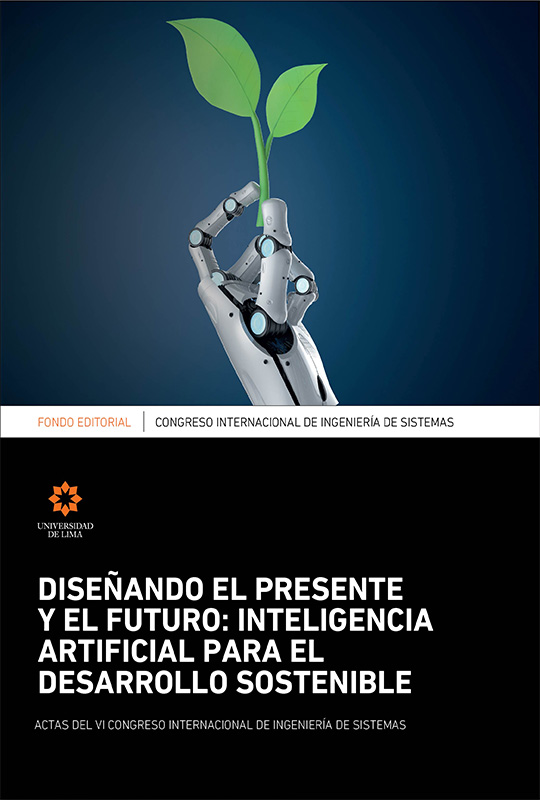Heurísticas en la evaluación de la usabilidad de aplicaciones móviles: conceptos y aplicación
DOI:
https://doi.org/10.26439/ciis2023.7080Palabras clave:
tecnologías de la información, aplicaciones móviles, interfaz, usabilidad, heurísticaResumen
La usabilidad es un factor esencial en el desarrollo de productos e interfaces, pues busca que los usuarios puedan utilizar un sistema de manera eficaz, eficiente y satisfactoria. La definición de la Organización Internacional de Normalización (ISO), desarrollada en conjunto con la Comisión Electrotécnica Internacional (IEC, por sus siglas en inglés) destaca que la usabilidad está relacionada con la capacidad de un producto para ser utilizado por usuarios específicos para lograr objetivos específicos en un contexto determinado. Hay varias heurísticas y principios que se pueden aplicar para evaluar y mejorar la usabilidad de las interfaces. Entre ellos destacan los principios de eficiencia, learnability, memorability, satisfaction y errors. Este artículo presenta, a través de una metodología de revisión bibliográfica, los conceptos y aplicaciones de las heurísticas de usabilidad y su importancia en la evaluación de aplicaciones móviles. También presenta las heurísticas de Nielsen como la base más utilizada en el desarrollo de sistemas para evaluar la usabilidad de aplicaciones móviles.
Descargas
Referencias
Kemp, S. (2021). Digital in Brazil: All the statistics you need in 2021. DataReportal – Global Digital Insights. https://datareportal.com/reports/digital-2021-brazil
International Standards Organization (2018). Ergonomics of human-system interaction. Part 11: Usability: Definitions and concepts (ISO 9241-11: 2018).
Nielsen, J. (1994). Heuristic evaluation. En J. Nielsen & R. L. Mack (Eds.) Usability inspection methods. Wiley.
Nielsen, J., & Budiu, R. (2012). Mobile usability. New Riders.
Shneiderman, B., & Plaisant, C. (2010). Designing the user interface: Strategies for effective human-computer interaction (5ta ed.). Pearson.
Statista (2020). App uninstall rate worldwide in 2020. https://www.statista.com/
Tognazzini, B. (2003). First principles of interaction design. Interaction design solutions for the real world. https://asktog.com/atc/principles-of-interaction-design/
Wroblewski, L. (2011). Mobile first. A Book Apart.


